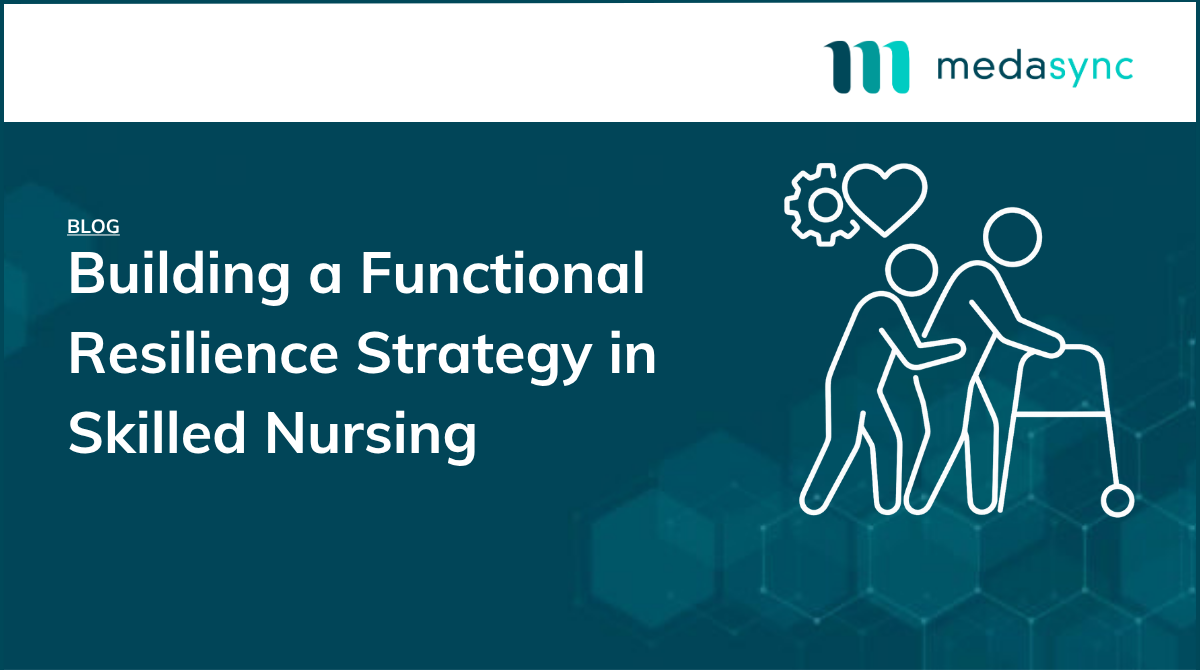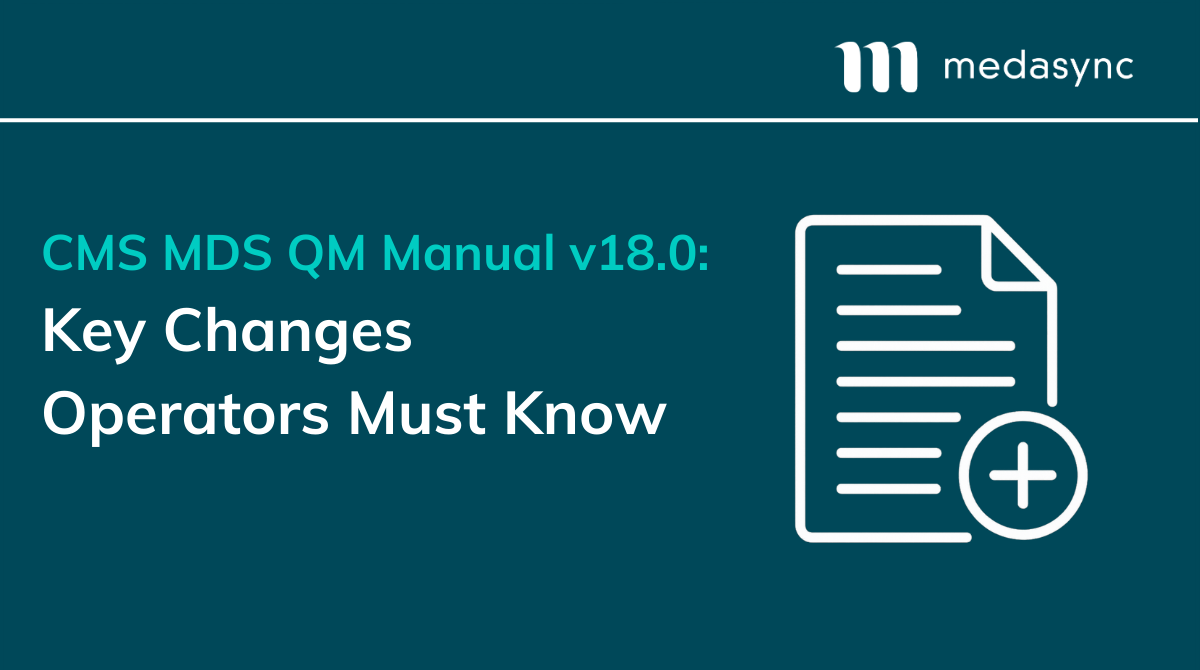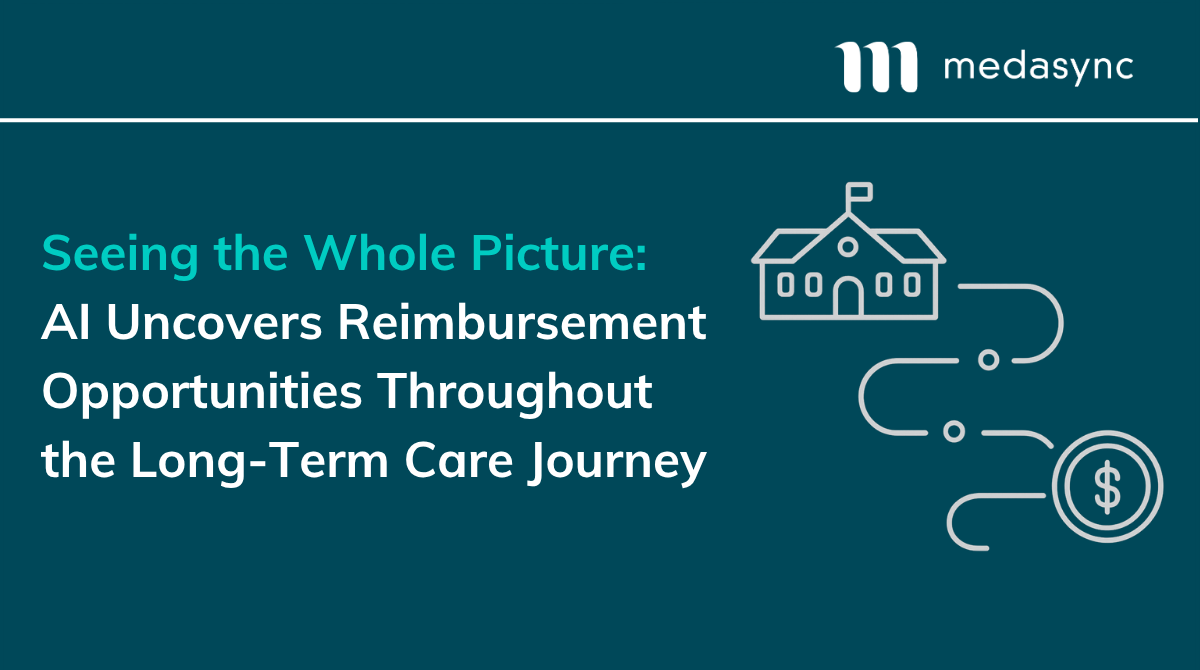Beyond PDPM: Building a Functional Resilience Strategy in Skilled Nursing
Functional decline is one of the biggest challenges in skilled nursing today. It affects a resident’s quality of life, but it also shapes reimbursement and performance in state Quality Incentive Programs. For leaders, the goal is not just checking the compliance box. It is about building a functional resilience strategy that helps prevent decline before it snowballs into bigger clinical and financial issues.
Functional Resilience: Beyond PDPM Compliance
Unlike coding updates or rate setting, functional management happens every single day. Each day a resident spends in your care is an opportunity to improve, maintain or lose independence. The stakes are high. Quality Incentive Programs rely heavily on functional outcomes to determine performance-based funding. Reimbursement depends on accurate Section GG coding, so case mix categories reflect a resident’s true needs. For residents, even a small decline can be a critical step to rehospitalization or long term dependency.
For more detail on how function ties into quality performance, see our related post: Stay Ahead of Key Changes to the Function Quality Measures.
Five Strategies to Build Functional Resilience
1. Treat function as a leading indicator
Executives often wait until rehospitalization rates or survey results show a problem. By paying attention to function as a leading indicator, leaders can see risks before they become costly issues. a VP of Reimbursement at a large skilled nursing organization, explained that leadership buy-in was essential. If the DON or administrator wasn’t reinforcing the new processes, staff would often slip back into old habits. She noted that keeping function top of mind gave Saber a way to anticipate risks early.
2. Make functional observation part of daily routines
Do not limit assessments to scheduled intervals. Encourage every staff member from CNAs to therapists to contribute observations about a resident’s abilities. At a large skilled nursing organization, teams chart GG every day, which helps them spot subtle changes that prompt timely therapy interventions and support off cycle assessments.
3. Use function to connect departments
Function is the common thread between nursing, therapy and reimbursement. Bringing functional data into care conferences keeps everyone aligned on both resident care and financial impact. This shared focus creates collaboration instead of siloed work.
4. Create playbooks for common decline patterns
Give your teams clear guidance for typical decline scenarios like post hospital deconditioning or dementia related loss of function. These playbooks provide structure and reduce missed opportunities. One executive shared that when staff see how documentation tied directly to reimbursement and quality, it reinforced positive habits. The tools became as much about clinical outcomes as about dollars.
5. Put smart technology to work
MedaSync’s AI powered platform helps providers stay ahead by sending early alerts for function related risks, identifying state and payer specific triggers for assessments, and guiding teams on QIP performance drivers. Another executive pointed out that celebrating early wins, such as when one corrected GG score turned into thousands of dollars in reimbursement, built momentum and kept teams engaged. This meant the alerts became both a teaching tool and a financial safeguard.
The Executive Takeaway
Functional resilience is more than a reimbursement strategy. By making function a leading measure, encouraging daily observation, fostering teamwork, giving staff playbooks, and using smart technology, leaders can spot subtle changes and plan interventions, earn the most from QIP incentives, and deliver stronger resident outcomes. As the executive summed it up, getting everyone on the same page was mission critical across clinical, therapy, billing, and leadership, and MedaSync has been invaluable to Saber’s reimbursement team and organization.
Next step: Learn how to build a functional resilience strategy that supports both outcomes and reimbursement. Read our related blog here or contact us to schedule a personalized MedaSync demo.





